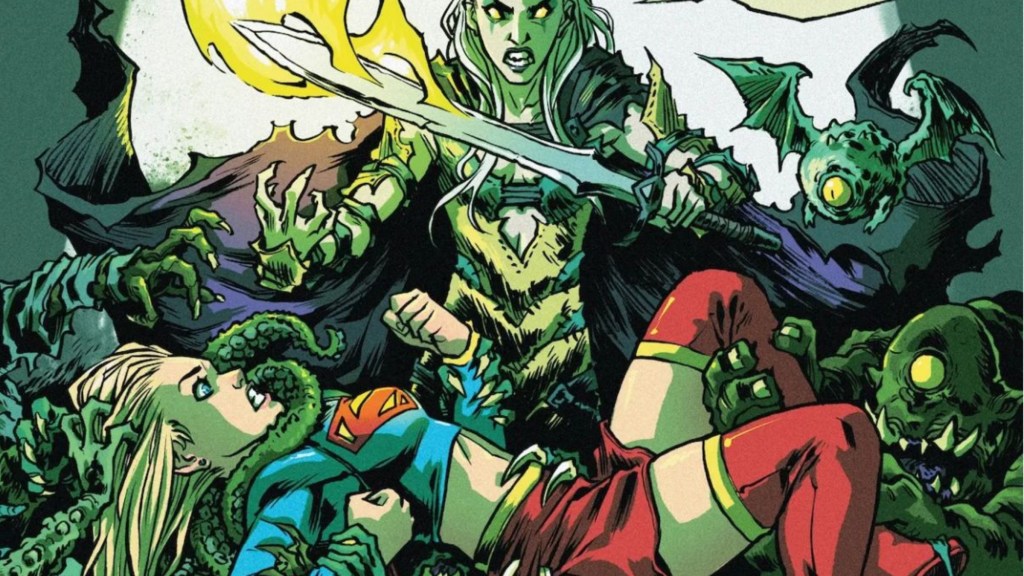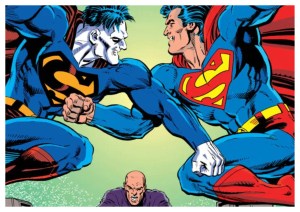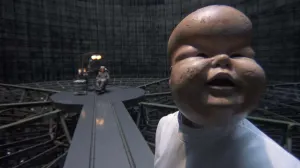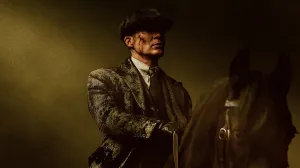Once upon a time, DC Comics had an infinite multiverse, and it was kind of silly, especially compared to the comics being put out by Marvel. There was a fantastical grandeur to the DC Multiverse that didn’t really appeal to fans, and that led to all of it being swept away by Crisis on Infinite Earths, including one of the most popular DC characters, Supergirl. Of course, a character as iconic as Supergirl is never going to stay gone forever, and DC has tried numerous times over the years to bring Supergirl back to prominence, creating new versions of the character, some completely different and some similar to the original but modern. It never really worked, and Supergirl didn’t really catch on. Well, until recently.
Videos by ComicBook.com
DC has been on fire lately, and the dawn of the DCU and Superman has led to the Superman family of comics getting more love than ever. Supergirl has returned, this time under the pen of Sophie Campbell, and it is a hit with fans and critics alike. Campbell has found a way to take the silliness of the old Supergirl stories and inject them into the present. DC has finally stumbled on the correct Supergirl formula after years of trying.
Supergirl’s Silver Age Legacy Is Integral to the Character

DC has a long, weird history, and Supergirl is one of the strangest parts. Supergirl was created in 1959, three years after the Silver Age began. Supergirl, in a lot of ways, owes her entire existence to Mary Marvel, the popular female sidekick to Mary Marvel. Both characters were created by Otto Binder, who had come to DC after they had beat Fawcett Publications in court and destroyed the Marvel family. The ’50s were a different time in many ways, especially when it came to media for boys and media for girls. Supergirl was made for young girls, and her stories were quite different from those of men.
Supergirl has some of the same problems that Superman had — hiding her identity while doing good and dealing with her life on Earth — but there were new aspects to her, as she had to learn to live with her famous cousin and her new adopted parents. The most well-known, old school Supergirl plot involved Comet the Super Horse, who was actually a centaur that was in love with her and would sometimes turn into a human. It’s this kind of silliness that defined Supergirl. Supergirl stories weren’t supposed to be like Superman stories; they were wild and weird, with villains like Satan Girl and Nasthalthia Luthor and the type of shenanigans that nerdy older men thought teenage girls got into.
DC has tried to bring back Supergirl numerous times, with mixed results. There was the Matrix version of the character, who was a shapeshifter who took on the shape of an alternate Supergirl, and would eventually star in several of her own titles, only one of which worked for fans. This volume of Supergirl, written by the late great Peter David, went to the weird places Supergirl needs. It ran for 81 issues because David was able to mix the weirdness of old school Supergirl with a more modern storytelling sensibility. DC would bring back Kara Zor-El in the mid-’00s, but instead of making her slightly weird, they embraced a pretty pop star sensibility to the character. Her book was “modern,” but it traded charm for sex appeal. This helped it run for 70 issues, but those issues aren’t spoken of with any type of love.
Supergirl would get another series in the New 52, and this one abandoned charm altogether to make her a more “realistic” character. This is the least liked version of the character, and DC would try to fix her with a Rebirth series that tried to be modern but couldn’t find the right mix. Supergirl: Woman of Tomorrow went more mature, but had that Silver Age weirdness, and the latest series has found the right balance. Supergirl is joined by Lena Luthor and Lesla Lar in the series, and they go on wacky adventures, battling Satan Girl and Nightflame, introducing a new Legion of Super-Pets, and melding the Silver Age with modern YA comics for a series that works for fans old and young. It’s a series that has cracked the code that has eluded DC throughout the 21st century.
Supergirl Works Because of a Melding of Eras

DC has fumbled Supergirl numerous times over the years because they’ve moved her too far from the weirdness that defined the character for most of her existence. Matrix Supergirl was forgettable until Peter David made her weird again. The ’00s Supergirl series was basically a series about a modern, cute teen girl, and it never did anything worth remembering. The New 52 version of the character was terrible, and the Rebirth version tried to modernize her stories too much, getting a soft reboot in 2018 and still failing.
Supergirl: Woman of Tomorrow is arguably the most mature of the Supergirl stories, but it’s also the wildest, taking her on a jaunt through space to strange planets and playing up the weird aspects of the character. This opened the door for the current Supergirl series by Sophie Campbell, which melds a modern sensibility, written by someone who was once a teen girl, with the wacky Silver Age stuff that made everyone fall in love with the character. It feels real and fantastical at the same time, and it hits that Supergirl sweet spot brilliantly.
What do you think? Leave a comment in the comment section below and join the conversation on the ComicBook Forums!









